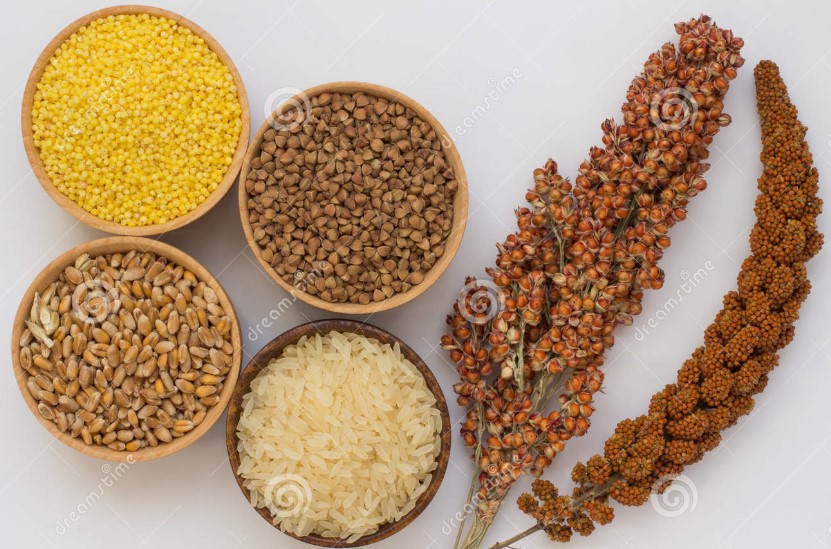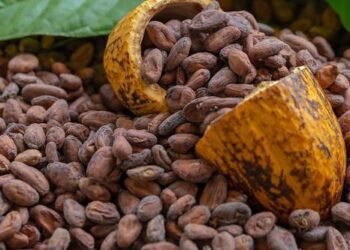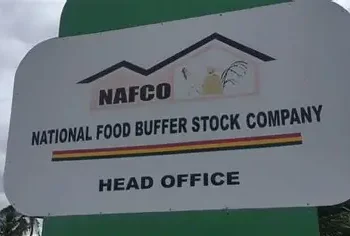The Ministry of Food and Agriculture (MoFA) has revealed that the Upper East Region (UER) recorded higher yields in its major crops in 2020 as compared to 2019. In same year, floods destroyed several hectares of farmlands in some places of region. Despite the loss, the region still recorded high production levels in its major crops.
The regional officer of MoFA in charge of statistics, Mr. Timothy Zangania made this known in an interview session.
Speaking on the region’s production levels, Mr. Timothy Zangania indicated that maize, rice, soyabeans, groundnut and cowpea performed well except sorghum. He mentioned that maize yields shot up from 161,124 metric tonnes (MT) recorded in 2019 to 168,397MT in 2020. Rice recorded an increase from 127,052MT in 2019 to 129,717MT in 2020. Millet yields also increased to 51,174 MT as compared to 50,414MT recorded in 2019.
For groundnut, production levels increased from 48,689 metric tonnes in 2019 to 56,169 metric tonnes in 2020. Cowpea production went up to 35,921 metric tonnes last year from 31,158 in 2019. The yields of soyabeans also increased from 22,783 metric tonnes to 28,624 metric tonnes during the same period. Sorghum production levels, however, dropped from 78,365 metric tonnes in 2019 to 72,716 metric tonnes in the 2020 cropping season.
Comparing production levels over three cropping seasons, it was observed that some crops showed continuous increment. In 2014, maize yield was 59,627 metric tonnes, whilst rice yield was 81,010 metric tonnes. Millet and sorghum yields were 41,541 and 48,110 metric tonnes respectively in the same period. In 2015 production year, maize yield increased to 76,903 metric tonnes whilst that of rice increased to 99,749 metric tonnes. Millet and sorghum production levels also increased to 42,069 metric tonnes and 51,900 metric tonnes respectively.
The need for Irrigation
In ensuring continuous production, the Upper East Regional Director of the Ministry of Food and Agriculture (MoFA), Mr Francis Ennor called for a special focus on irrigation. This will ensure food security in the region as well. He said the potential for irrigation was underused although the country has rich water resources. He therefore called on the youth in the region to go into irrigation farming to improve nutrition and income levels.
Stressing on some production challenges, he mentioned that poor rainfall pattern last year coupled with floods affected production. He also stressed on the COVID-19-induced effect on agricultural production which affected commodity prices. Mr. Ennor added that the land tenure system and inadequate credit facilities discourage young people from venturing into agriculture. These also served as a major hindrance to agricultural expansion.
“If you rely on nature and nature fails you, what do you do? When the flood comes, nobody looks for cars, buildings and any property, except food and as a nation, our attention on irrigation farming need to be stepped up”.
Mr Francis Ennor, MoFA Regional Director
The Regional Director therefore urged landowners to give out more cultivable land to improve youths’ interest in agriculture. He mentioned that Ghana Irrigation Policy’s goal is to achieve sustainable agricultural growth. The Irrigation Policy also aims at modernizing the Agricultural sector. Mr Ennor added that his outfit will continue its effort to improve the marketing of agricultural produce. He stated that a platform has created for aggregators and processors in the agricultural value chain to improve access market.





















